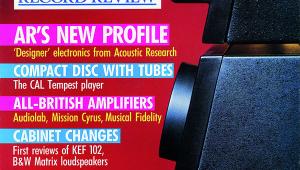Naim NAC 82/NAP 180 Pre/Power Amps
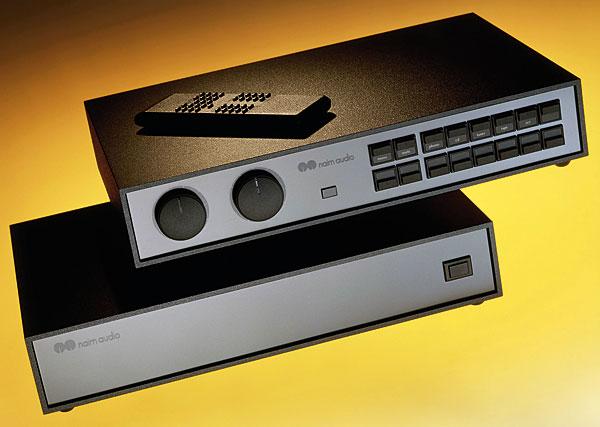
 Its components may work in all-Naim systems, but in this review of the company's latest pre/power Martin Colloms looks at the alternatives too
Its components may work in all-Naim systems, but in this review of the company's latest pre/power Martin Colloms looks at the alternatives too
Neither I nor the Editor could remember when HFN last reviewed a Naim amplifier so, to redress the balance, we are covering the company's latest pre and power duo here. Priced at £1880, the NAC 82 carries the full remote control first seen on the top-of-the range NAC 52 preamp. An optional extra board (around £120) provides analogue disc input (MC or MM).
In basic form, the NAC 82 is powered from a power amplifier (NAP 90, '140, or the '180 reviewed here), but can be upgraded by the addition of a Naim Hi-Cap power supply (£570). Adding a second Hi-Cap gives dual-mono operation. The NAP 180 power amplifier claims 60W/ch and costs just under £900.
Naim advised us that the unique 'flavour' of the review units would not be fully conveyed unless tried in a complete Naim system. Accordingly, HFN was supplied with the £1600 CDI one-box CD player and a pair of SBL speakers (£1600, including floor fixings), taking the price of the review system to £5600.
The Technology
A fascinating aspect of Naim circuitry is its classic discrete nature, built with high-quality selected parts, though hardly any are of the recognisable 'audiophile' variety. For example, the NAC 82 preamp employs discrete transistor gain stages, AC coupled by correctly polarised tantalum capacitors and working in Class A mode, powered from single side 24V DC power rails.
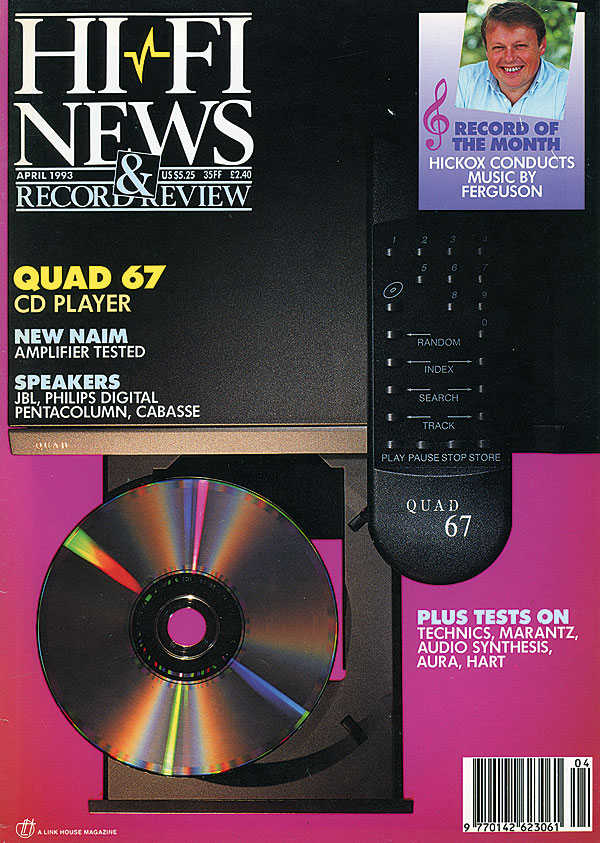
Correctly handled, that is with superb grounding practice, low-noise power supplies, and carefully graded and tailored working bandwidths, these circuits work well for Naim, which has not seen any need for a circuit design revolution.
The remote control section for the NAC 82 requires some 'digital' electronics, but this is kept well apart from the audio, to the extent that an outboard 'line cord' supply is used exclusively for that section. Other precautions include the use of a nonswitching LED display and microprocessor shut-down when no actions are required.
Safety Pins
The bulk of the NAC 82 is built on a single printed circuit board, with the exception of the phono input which uses the usual Naim plug-in cards. Volume control is manual or remote using the popular motorised Alps component; likewise for balance. Input switching is by low-loss relays.
Built to a high standard, with a heavy-duty aluminium alloy sleeve case and chassis, the unit has an elegantly back-lit fascia with '3D' lettering. Phono input sockets are on BNCs to match the company's Aro tonearm. Remaining input socketry is all on 5-pin DINs as Naim still stands by these both for their consistent contact quality and good tolerances. The outputs are 4-pin or 270° 5-pin, to avoid confusion with the inputs, and include power distribution and the special system grounding provision. Such features make connection to other equipment difficult and explain why Naim products are seldom reviewed in a general system context.
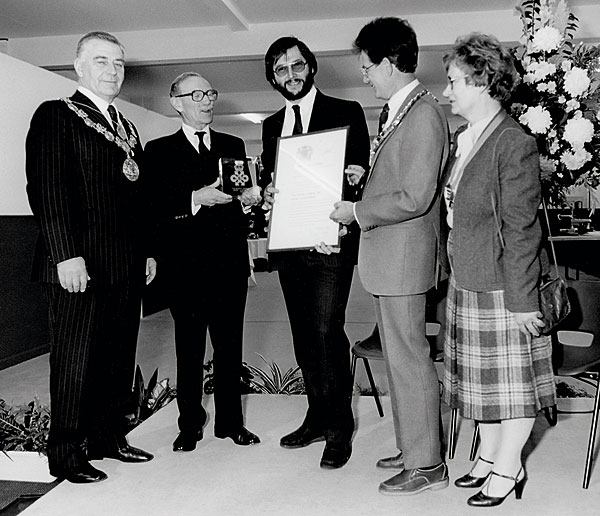
A Hi-Cap accessory power supply contains a massive 430VA toroidal transformer delivering two preregulated 24V supplies with high stability and low noise. Turning to the NAP 180 power amp, this comes in a matching case, fed by a detachable IEC power cord. Inside, a 500VA toroid feeds two sets of rectifiers and 10,000µF reservoir capacitors, one set per channel. The output stage uses Naim's own specification of Semelab T03 high-speed bipolar power transistors but is otherwise a conventional Class AB (mainly B) DC-coupled quasi-complementary circuit. Bias symmetry is improved by the usual linearising diode in the driver circuit.
Input and driver circuits are discrete, based on a differential input stage. No output inductor is present due to known audible losses in this component, and the output circuit is completed by a resistance of 0.22ohm and the small additional stabilising inductance imparted by Naim's own spaced twin, low-capacitance speaker cable or equivalent. Naim's cable was well-rated in a cable test a few years back [HFN July '90], and noted for its low losses, fine bass, good dynamics and good pace.
![]() One For The Road
One For The Road
The word 'system' was paramount in the context of reporting the first impressions, and all thought of analysis was temporarily put aside. The initial result was one of listener shock, followed by amazement but quickly leading to a serious level of interest and involvement. This was evidently a sportscar system that glued itself to the musical road, intimately involving the driver in the experience. Yes, it was bumpy and, at times, even a rough ride, but it was exhilarating and highly communicative. The Naim review system made a lot of today's hi-fi gear sound toy-like in terms of dynamic expression and involvement. Naim is supremely competent in these departments.
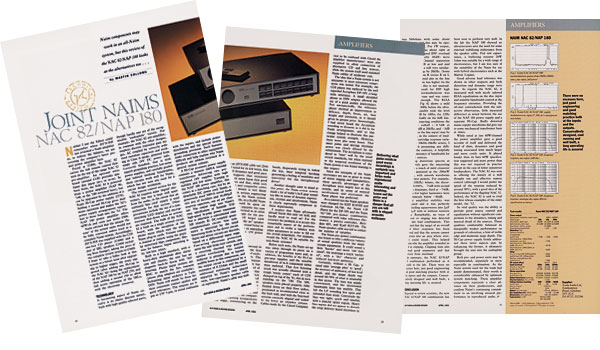
I suspect that Naim aficionados already know this only too well, and hardly need to read on! For the reviewer the problem is to accept this remarkable aspect of the performance and to strike a balance with other parameters in order to fill out the overall judgement. For example, would the NAC 82 be suitable for non-Naim systems?
Substitute Player
Before such tests, the Naim set-up was taken through its paces on a variety of programme types and, in addition, the benefits of the Hi-Cap preamp supplies were explored. The SBL speakers were positioned as recommended, close to the back wall, and with the bass/mid systems correctly aligned and sealed to the lower air chamber cabinet. Cables made by the Chord Company were also supplied to allow connection of alternative CD and line sources, while the system itself used standard Naim cables of moderate cost.









